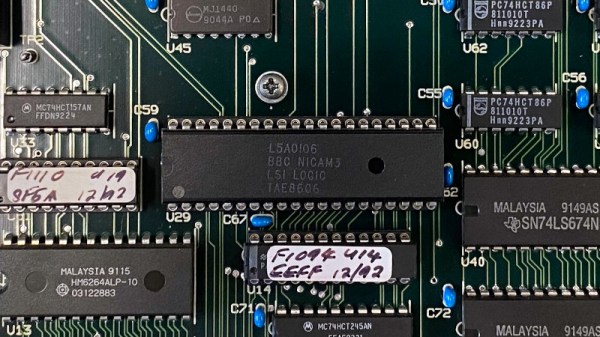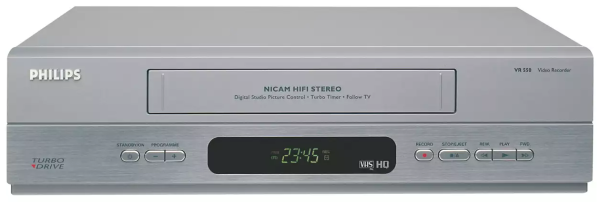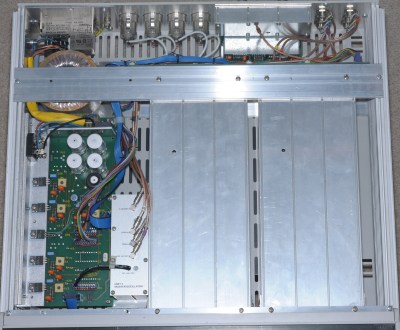With how we take stereo sound for granted, there was a very long period where broadcast audio and television with accompanying audio track were in mono. Over the decades, multiple standards were developed that provide a way to transmit and receive two mono tracks, as a proper stereo transmission. In a recent video, [Matt] over at [Matt’s Tech Barn] takes a look at the German Zweikanalton (also known as A2 Stereo) standard, and compares it with the NICAM standard that was used elsewhere in the world.
Zweikanalton is quite simple compared to NICAM (which we covered previously), being purely analog with a second channel transmitted alongside the first. Since it didn’t really make much of a splash outside of the German-speaking countries, equipment for it is more limited. In this video [Matt] looks at the Philips PM 5588 and Rohde & Schwarz 392, analyzing the different modulations for FM, Zweikanalton and NICAM transmissions and the basic operation of the modulator and demodulator equipment.
An interesting aspect of these modulations are the visible sidebands, and the detection of which modulation is used. Ultimately NICAM’s only disadvantage compared to Zweikanalton was the higher cost of the hardware, but with increased technological development single-chip NICAM solutions like the Philips SAA7283 (1995) began to reduce total system cost and by the early 2000s NICAM was a standard feature of TV chipsets, just in time for analog broadcast television to essentially become irrelevant.
Continue reading “A Look At Zweikanalton Stereo Audio And Comparison With NICAM”
















